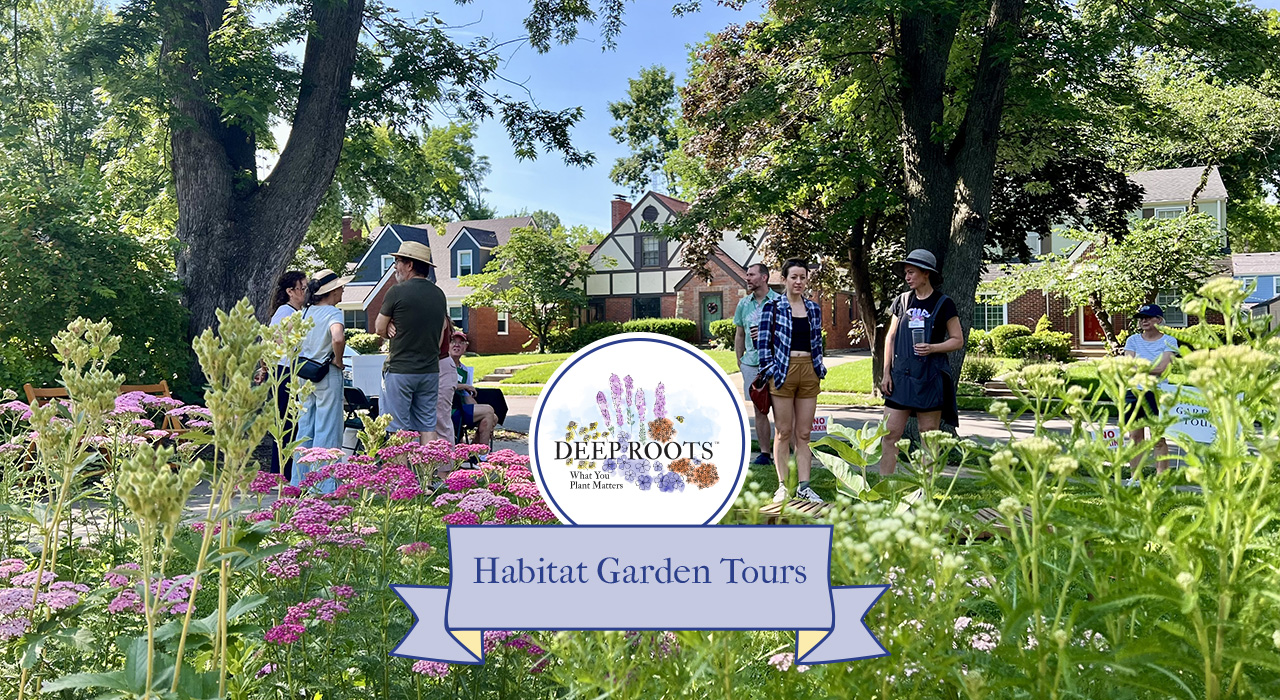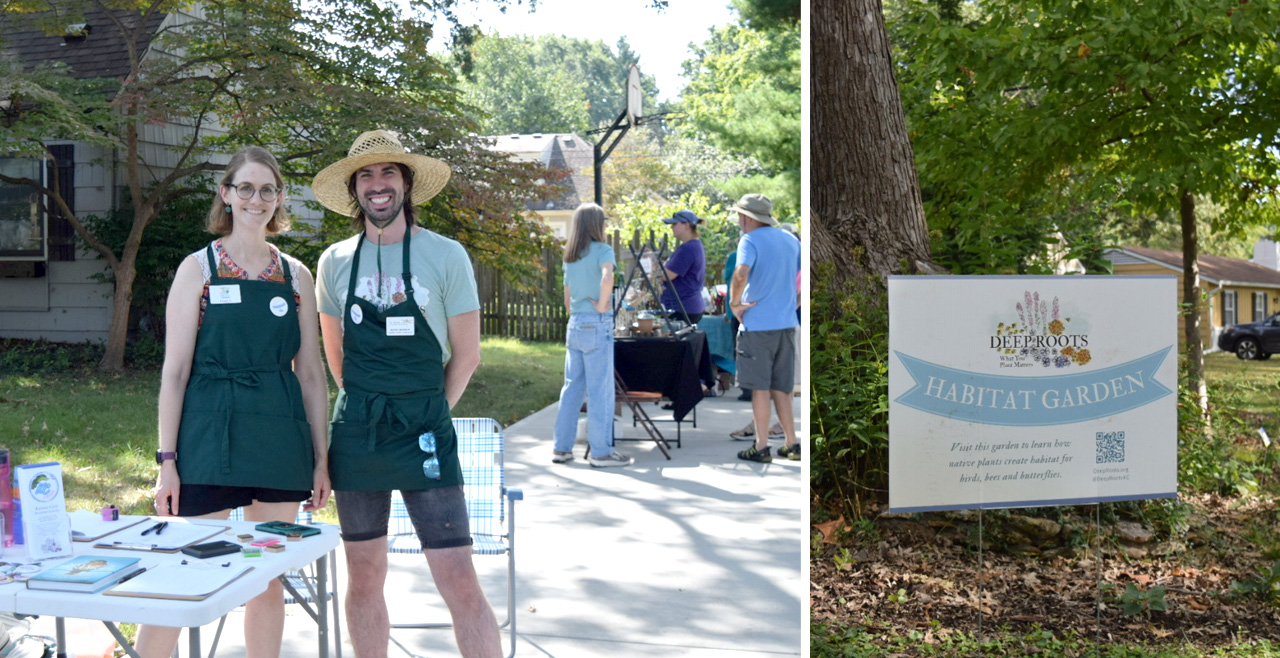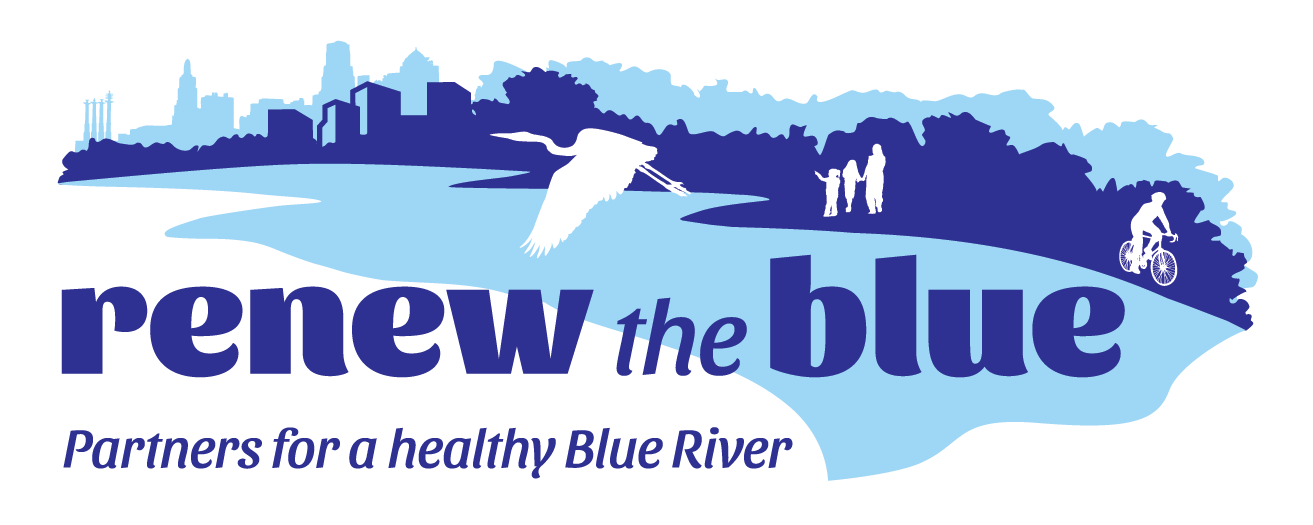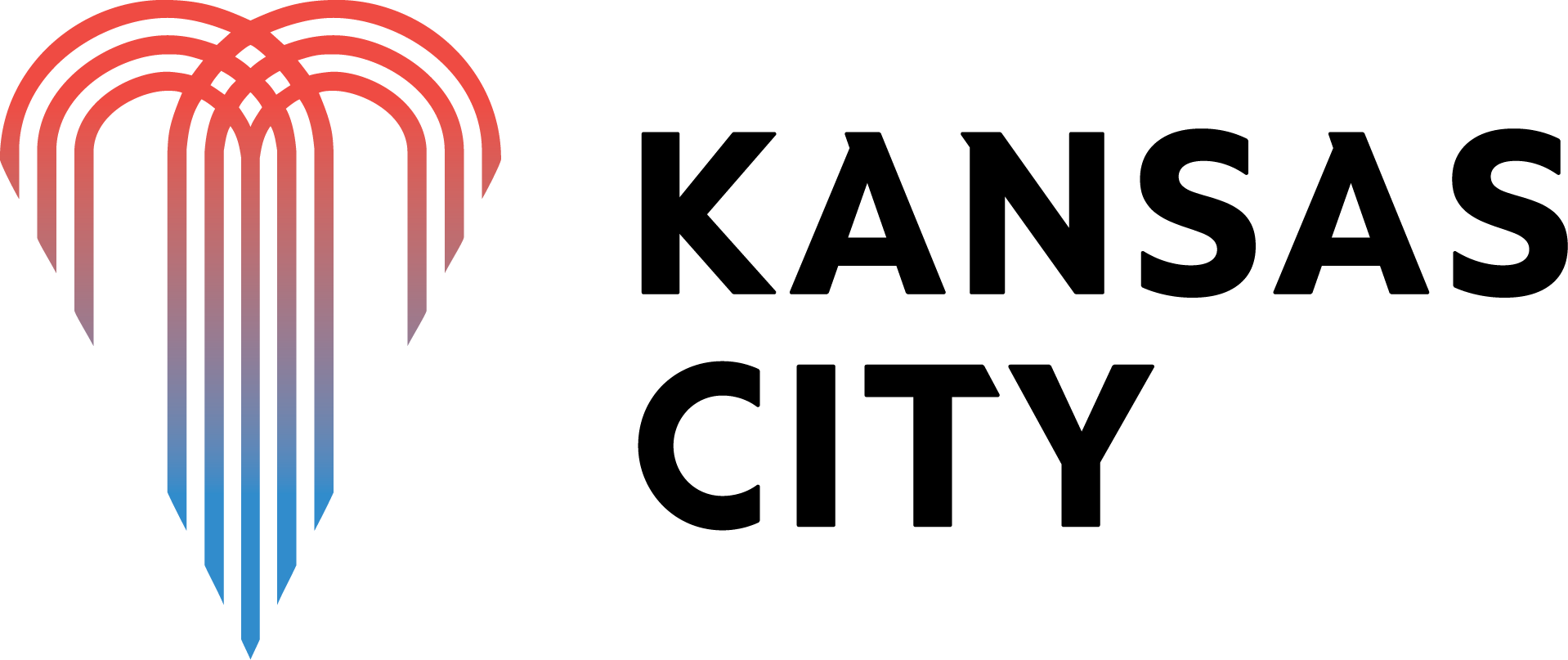
THANKS FOR A GREAT 2025 SEASON OF HABITAT GARDEN TOURS!
Check back on this page for future tour dates, volunteer opportunities, and event information.
MORE INFORMATION ON HABITAT GARDEN TOURS
Habitat Garden Tours are a recurring event held at various times throughout the growing season (May-September). These events are an opportunity for Deep Roots to recognize the native gardeners in different neighborhoods of Kansas City and showcase their beautiful gardens. The goals are to inspire locals to plant native, share knowledge on gardening maintenance and design strategies, and strengthen the native gardening community by bringing them together for a morning of plant talk, sunshine, and laughter. We hope to see you at our next Habitat Garden Tour in 2026!
NOMINATE A GARDEN!
Nominate a native garden to be showcased at a future Habitat Garden Tour event! Whether you are nominating your own garden, or the garden of a friend or neighbor, the nomination process is easy. Fill out this quick form to tell us about the garden, share a few photos that show it off best, and you’re good to go!
Nominate a Garden
WHAT DOES IT MEAN TO HOST A GARDEN?
The role of a host is simple and comes with minimal expectations. As a host, you’ll share information about your garden with the Deep Roots’ Education and Outreach Program Coordinator about the garden’s history, the plants likely to be in bloom on the day of the event, and anything else you would like the attendees or volunteers to know before the event. Beyond that, your only expectation is your attendance and eagerness to speak with guests about your garden! Deep Roots will provide volunteers to assist in guiding the tours, plant signs with information about your natives, and any additional support you need to show off your garden.
SIGN UP FOR OUR MONTHLY NEWSLETTER TO RECEIVE UPDATES ABOUT NEXT YEAR’S HABITAT GARDEN TOURS AND LEARN ABOUT OTHER DEEP ROOTS EVENTS!
Pollinator Sign UpPhotos by Maddie Ball and Cydney Ross
Supported by:


What is a Habitat Garden?
A garden of native plants that provide sustenance and shelter for birds, bees, butterflies and other wildlife.
Habitat Garden Tours
Experience a diverse range of native plant gardens grown by Kansas City area residents. Meet other native gardeners and wildlife supporters and find inspiration and information to grow your own habitat garden.
Native Plant Sales
Inspired by the gardens you visited? Find the same plants at our native plant sales and grow your own habitat garden. Do try this at home!